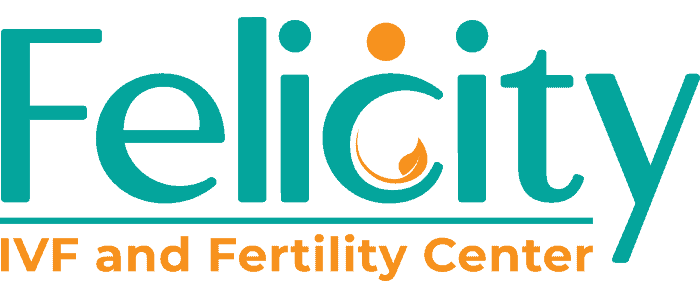 WHAT IS ASSISTED HATCHING?
WHAT IS ASSISTED HATCHING?
- Assisted hatching is an additional microscopic laboratory procedure designed to increase the chances of pregnancy ,performed in patients who are undergoing in vitro fertilization (IVF) treatment to facilitate embryo hatching and implantation process.
- Once embryos are created using IVF, the embryo is surrounded by a hard outer layer of cells called the zona pellucida. You can think of this outer layer as the “shell” of the embryo.
- To result in a successful pregnancy, embryo must break free of this “shell”(zona pellucida) in order to implant into the uterus . Assisted hatching is a procedure where we can help the embryo “hatch” from its “shell” by creating a small crack in the zona pellucida. It is believed that assisted hatching can help an embryo implant in the uterus, leading to higher pregnancy rates in some patients.
 HOW ASSISTED HATCHING IS DONE?
HOW ASSISTED HATCHING IS DONE?
- During assisted hatching, the outer shell of the embryo is artificially weakened by making a small hole in the zona pellucida. This can be done in several different ways like mechanical expansion of shell, chemical hatching, drilling, laser assisted hatching
- Laser assisted hatching is a more modern approach which is the safest and most effective. It utilizes specialized software that aids in the positioning, intensity, and focus of the lasers.
